Avant-Garde as Method, Vkhutemas and the Pedagogy of Space, 1920 – 1930 (2020) – Review
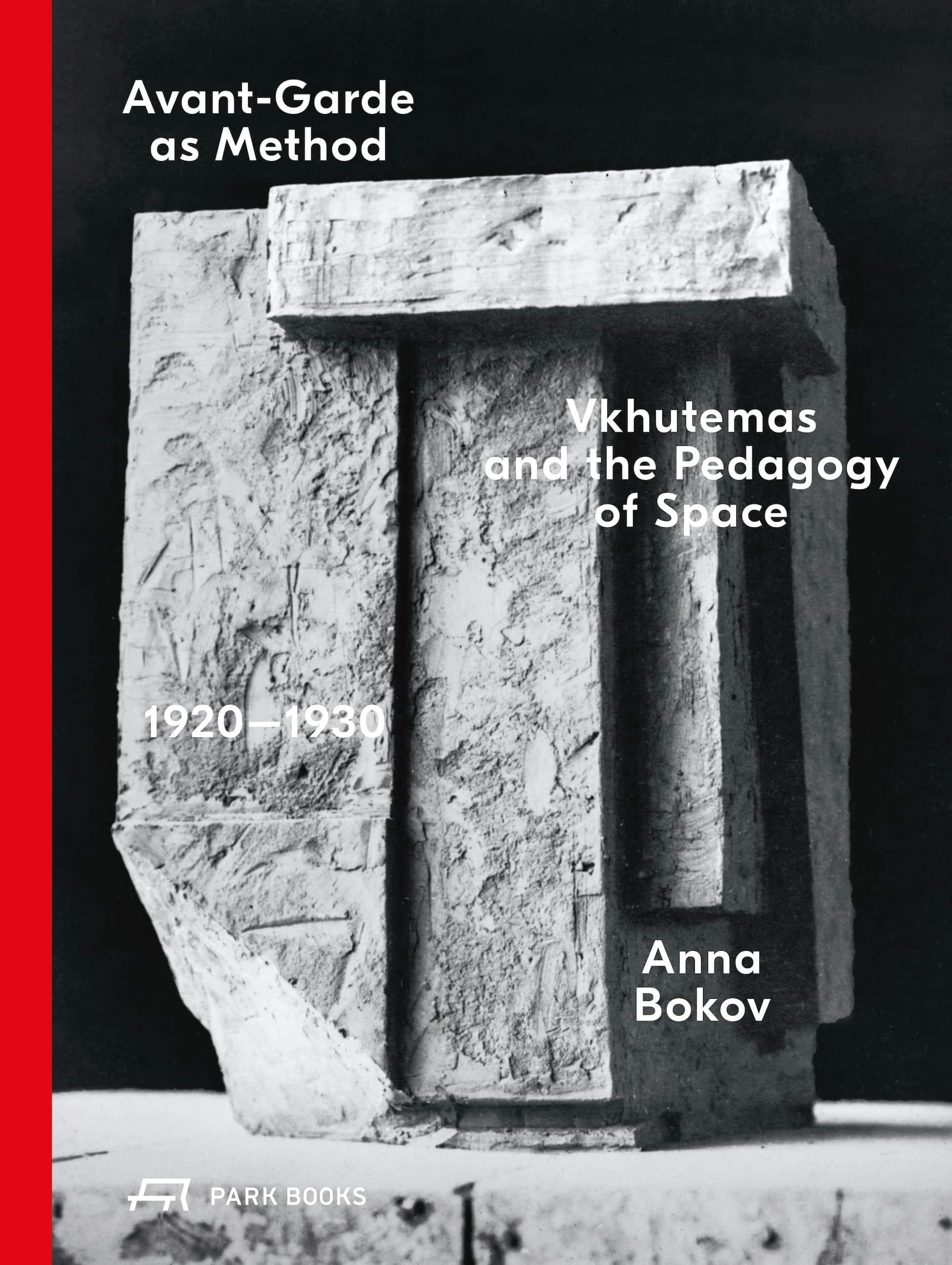
Much of the research for this book was consolidated for Anna Bokov’s PhD at Yale, but it is clear that she had been exploring the issues throughout her career, from the Moscow Architectural Institute to Syracuse University to Harvard, before Yale. The acknowledgments include many well-known luminaries in the USA, Europe, and Russia; and no less than 17 institutions contributed to the hundreds of photographs of drawings, models, projects, documents, journals, exhibitions, as well as of studios and people, all beautifully laid out by Park Books. If the book represents a substantial collection of materials, it is even more an impressive exercise in interpretation: ten pages of organisational diagrams and timelines necessarily accompany Bokov’s unravelling of the diversity of the programmes and orientations (always under revision), the changes of personnel, conflicts (such as between Rationalists and Constructivists), and the relations with other institutions in the Soviet Union and Europe. The most notable in the latter regard is of course the Bauhaus, contemporary with Vkhutemas and sharing many themes, though only Kandinsky was on the faculty of both; and Bokov fruitfully tracks the extensive relations between the two institutions as they evolved.
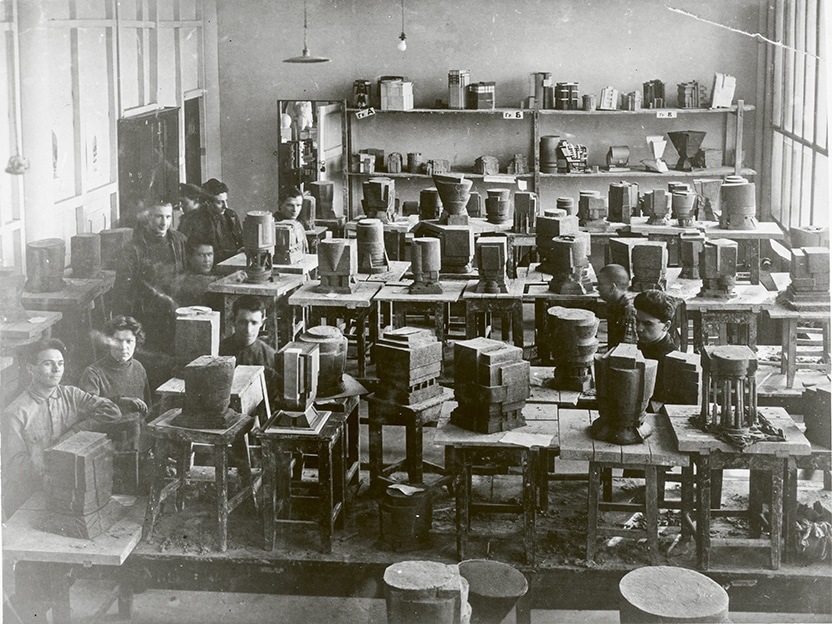
The high point of international renown was the 1925 ‘Exposition Internationale des Arts Décoratifs et Industriels Modernes’, where the work of Vkhutemas received several awards, including the Grand Prix for Melnikov’s USSR Pavillion. The following year the name was changed to Vkhutein (‘workshop’ being replaced by ‘institute’), which lasted until the entire operation was shut down four years later. Where members of the Bauhaus were able to start second careers elsewhere than Germany (mostly in the USA), the former members of Vkhutein were sidelined professionally and not allowed to emigrate, thereby contributing substantially to the later obscurity of the institution and its work.
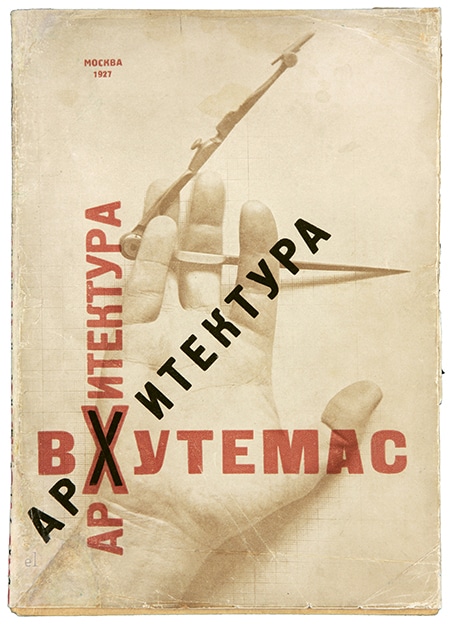
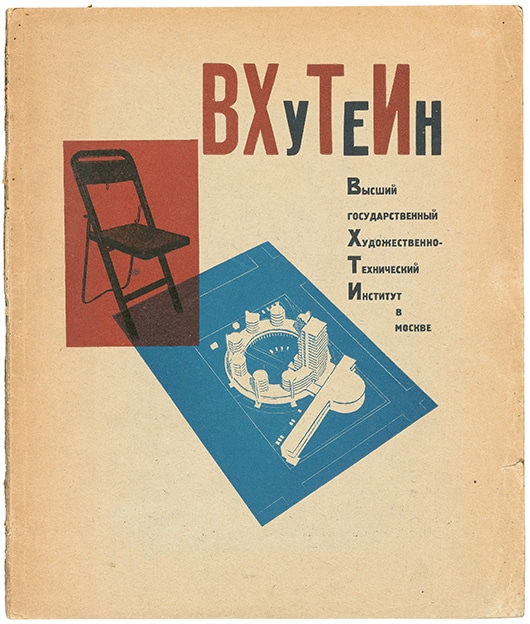
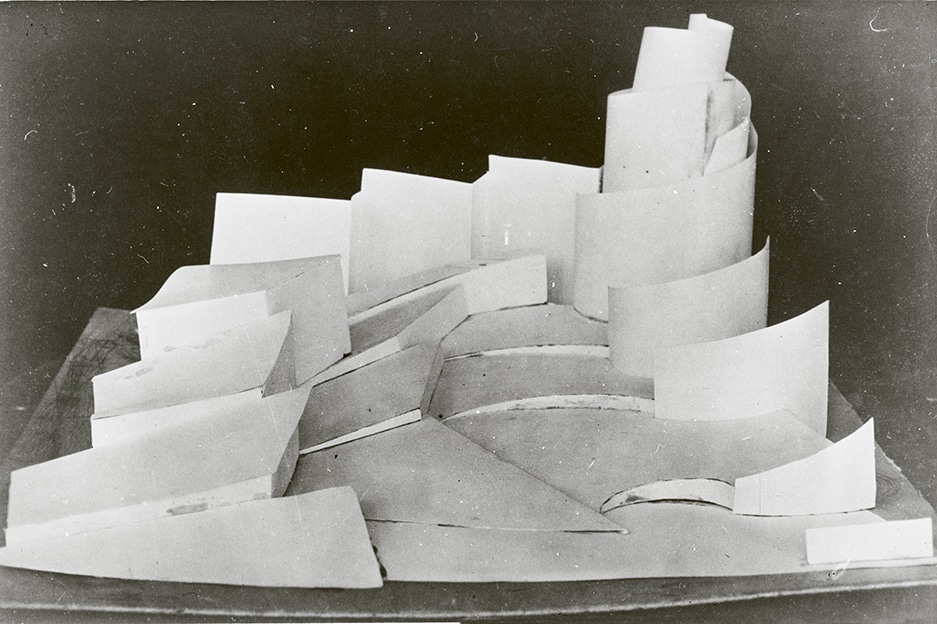
Two concepts are prominent in the title of Bokov’s book, ‘pedagogy’ and ‘space’. The innovations in pedagogy arose because of the commitment to ‘space’, which itself was seen to be the vehicle of revolution. Bokov emphasises the collective nature of the teaching, with everyone seeking to discover new principles appropriate to the new conditions, which were simultaneously collective, industrial and aspiring to a new visual culture. As Nikolay Ladovsky, probably the most consistent theoretician and teacher of the new pedagogy, put it in 1920 (the year of the emergence of Vkhutemas from the Free State Art Studios): ‘It is in space that the soaring wonders of modernity will be built by art plus the intellect. Space, not stone, is the material of architecture’. Progression through the course involved two years spent developing abstract compositions from two to three dimensions, and from drawings and paintings to models, followed by three years specialising in any one of eight disciplines (including architecture, graphics, ceramics and metal working). Although theatre design was not one of these specialisations, it was an important vehicle of visualisation of the new cultural possibilities, with both Popova and Stepanova contributing sets. According to Vladimir Krinsky’s four-point outline of the educational programme (1926), the word ‘form’ appears in every sentence, coupled to notions of surface, mass, volume, composition, and so forth.
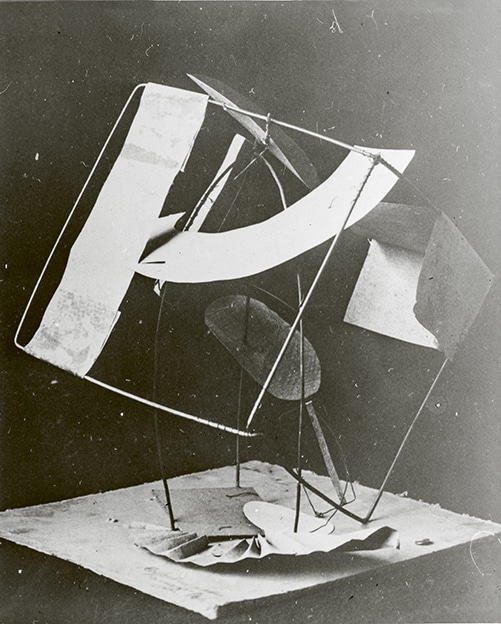
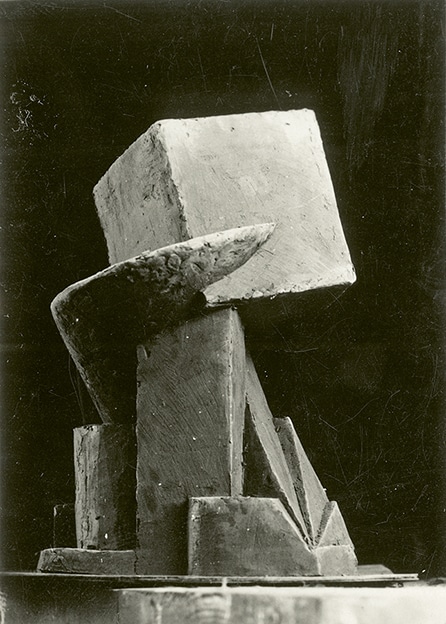
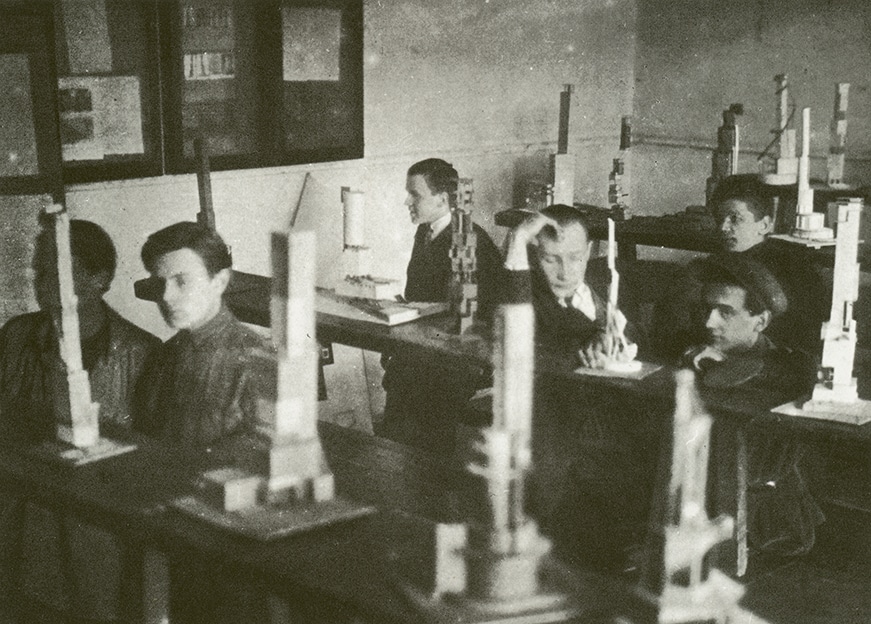
This programme and terminology will be familiar to anyone involved in architectural education, even if it is today mostly understood in terms of its Bauhaus variant. To see so many of the early experiments in Vkhutemas, however, is quite haunting, an experience that is only enhanced by Bokov’s careful scholarship and intelligent analysis. The work of Vkhutemas is often more awkward and is always more visceral than the work of the Bauhaus. With over ten times the number of students as the Bauhaus (in 1924) the great majority from the working classes, and with the USSR continuing to struggle for basic necessities, the commitment to visions of empowered masses dwelling in the new dispensation of space-and-form takes on a tragic quality only compounded by the Stalinist suppression. The concluding stanza of Akhmatova’s ‘MCMXXI’ captures the ethos (translated by J. Hemschemeyer):
And how near the miraculous draws
To the dirty, tumbledown huts….
No one, no one knows what it is,
But for centuries we have longed for it.
Anna Bokov, Avant-Garde as Method, Vkhutemas and the Pedagogy of Space, 1920-1930 (2020) is published by Park Books. Copies of the book can be purchased here.
Peter Carl is a teacher of architectural design, history and philosophy, emeritus of the University of Cambridge and London Metropolitan University.
A chapter from the book, ‘Anticipating Rationalism: From Matter to Form’, can be read here.
Exhibition of the work by 27 Cooper Union architecture students, Vkhumetas: Laboratory of Modernism, 1920-1930 here.
